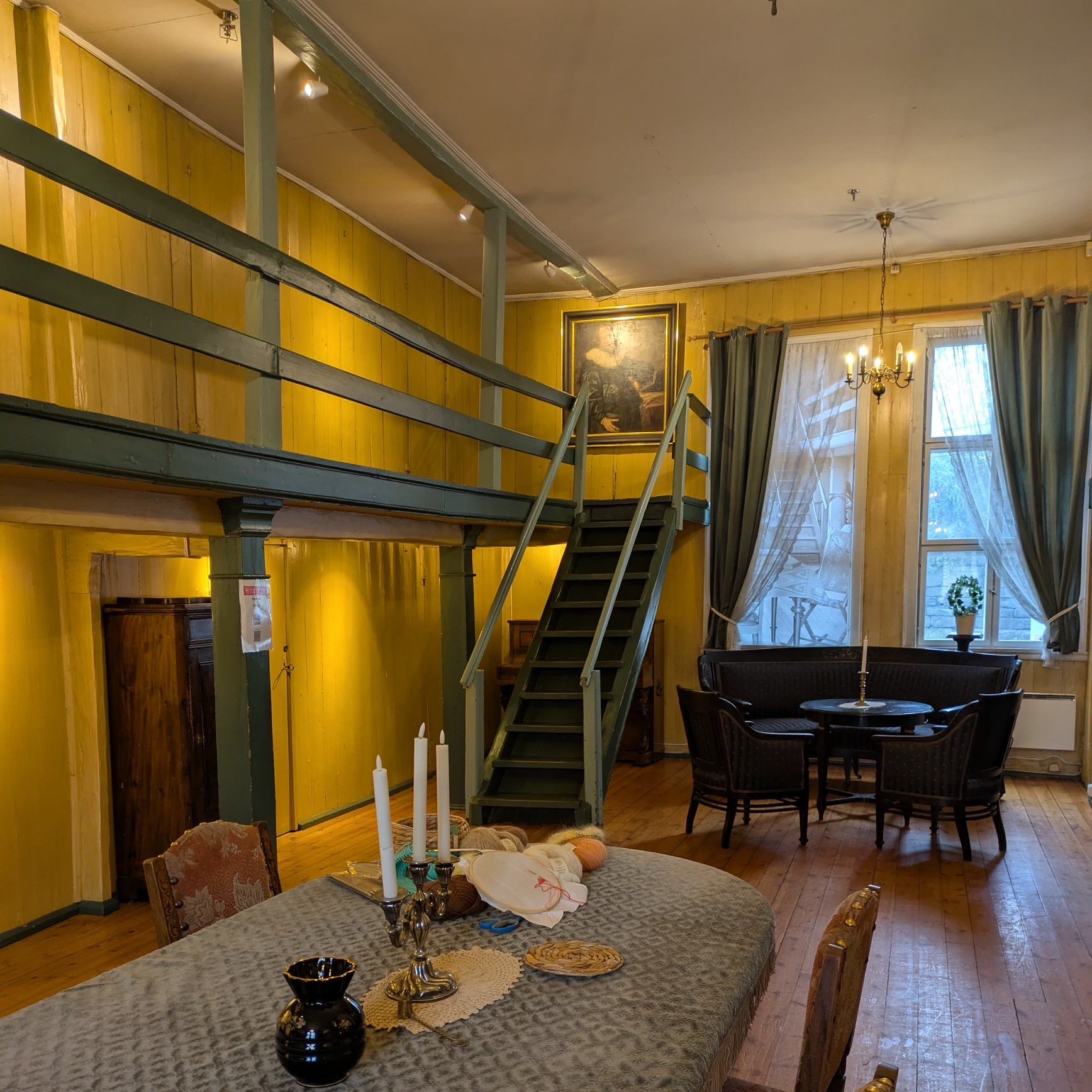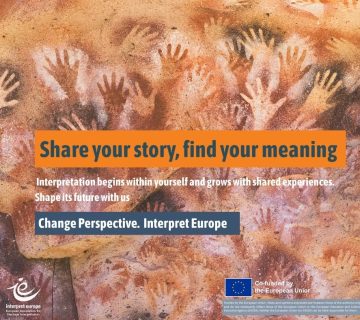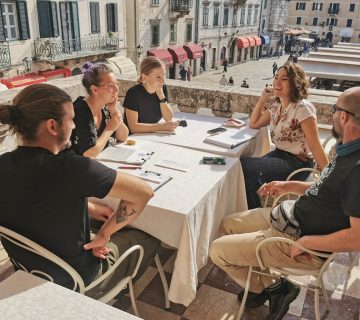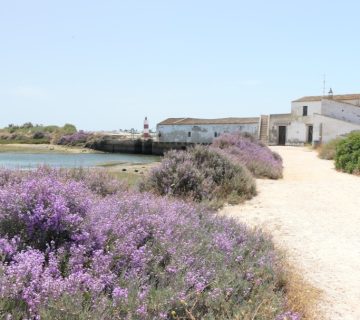Protecting women from poverty after hard working lives – an audio guide bringing to life the timbers of one of Bergen’s oldest institutions.
In the early 1600s, the Norwegian address of 28 Klostergaten, Bergen, was a highly-prized location for widowed and unmarried working-class women. It was, in fact, an almshouse, the oldest form of social housing in the world.
For over 360 years, Stranges Stiftelse, the name of this particular charitable institution, looked after the welfare of women who were anything but ordinary. They came from near and afar, from city and countryside, often alone but all determined to find work and a better life in bustling Bergen. Many found work as maids with wealthy families, seeing first-hand the rewards of money, influence and culture which they could appreciate yet never possess. Then after years of service they ended their working lives exhausted, in poor health, homeless and quickly penniless. Stranges Stiftelse restored their dignity and self-respect.
Neither frozen in time nor exclusively a museum, Stranges Stiftelse is owned by the Norwegian National Trust and the current timber building dates back to 1751 (devastating fires were commonplace in Norway’s cities). It houses the NT’s regional office and is regularly used by local community groups, so the challenge was to tell the story of this remarkable city landmark with minimum disruption and no physical alterations.
Stranges Stiftelse’s uniqueness lies in its atmosphere, as if the residents have left briefly and may re-emerge from a bedroom door or descend the steep staircases at any moment. So it was vital to retain this unique quality and use it as a source of inspiration for a pilot series of six QR-code activated interpretive audio guide vignettes using visitors’ phones.
Using interpretive writing techniques featured in IE’s Certified Interpretive Writer (CIW) course, each theme-based narrative takes visitors from bedroom and kitchen to armchair, and even the morgue, to provide a snapshot of daily life. Comparisons and questions invite visitors to consider how the almshouse relates to their lives now, connecting with their general knowledge and life experiences. In this way, Stranges Stiftelse becomes relevant to the present day, allowing visitors to learn about the past, consider the present and contemplate the future, possibly their own futures in old age, as well as inter-generational attitudes and relationships or wider subjects like social care, for instance.
Tiresome lessons or unwelcome moralising are avoided. Instead, the likes of 65-year-old Pettrike, a resilient and independent woman, address visitors telling them of occasional squabbles, backbreaking tasks, emptying chamber pots, frequent laughs, comforting coffee-cup huddles in times of need and, of course, the rich and endless source of gossip that comes with the company of 30 other headstrong women facing old age together.
Subject to an end-of-season evaluation, this pilot project could be enhanced with soundscapes, characters, more in-depth consultations with the local community, additional themes and new vignettes to periodically change and refresh the visitor experience for local people and out of town audiences. It is early days but it is hoped that this pilot experience can create a modest buzz, raise footfall and introduce a new dialogical dimension to less-frequented National Trust properties in Vestland county.
Regardless of what transpires, it was a pleasure for me to dive into the history of this unique heritage site and help local partners bring to life the surprising stories contained within its walls using the power of interpretation.
Sandy Colvine is a French-based freelance consultant, certified IE trainer, and project manager for IE. He can be contacted at sandy.colvine84@gmail.com
To cite this article: Colvine, Alexander (Sandy) (2025) ‘Hello, my name is Pettrike’ in Interpret Europe Newsletter 3-2025, pp. 15–16.
Available online: Newsletter autumn 2025




